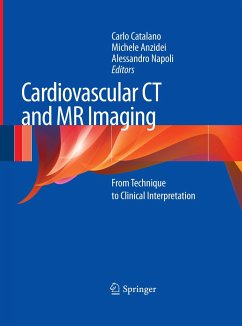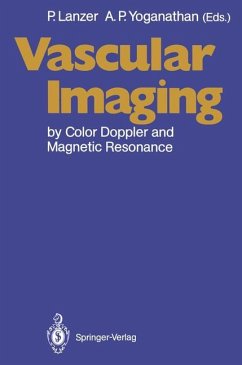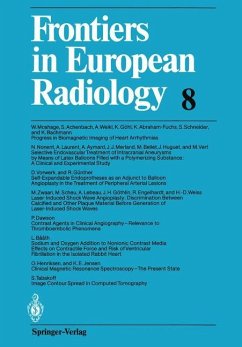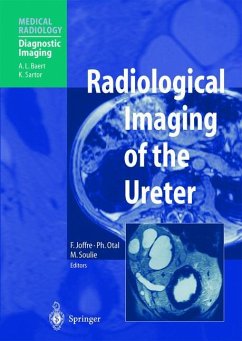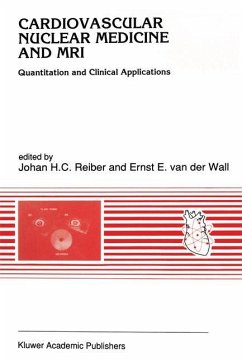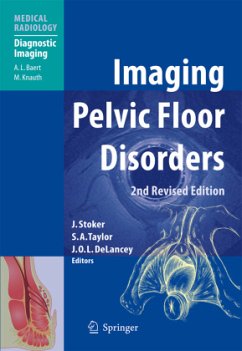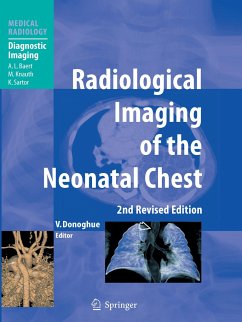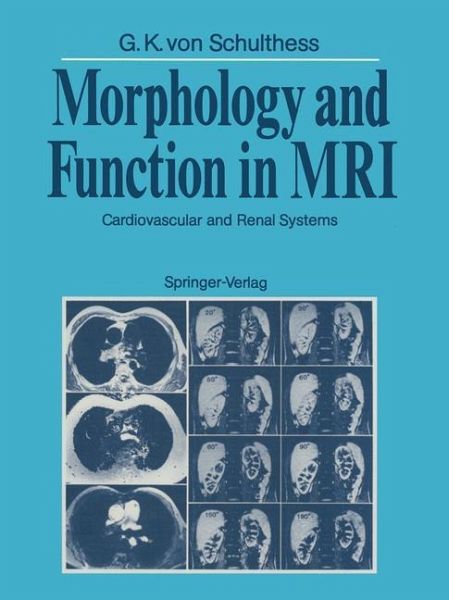
Morphology and Function in MRI
Cardiovascular and Renal Systems
Mitarbeit: Fuchs, Walter A.; Margulis, A.
Versandkostenfrei!
Versandfertig in 1-2 Wochen
39,99 €
inkl. MwSt.

PAYBACK Punkte
20 °P sammeln!
MRI has opened up new possibilities in combined morphological and functional imaging, and now there is a book which discusses both aspects together. Two systems which already demonstrate the advantages of MRI are presented. In the cardiovascular system, motion and flow can be imaged so that even flow velocities in the deep vessels of the body can be measured, and turbulences can be identified. In the study of the kidneys, a combination of renally excreted contrast media and imaging provides within seconds insight into glomerular filtration in health and disease. These current possibilities, an...
MRI has opened up new possibilities in combined morphological and functional imaging, and now there is a book which discusses both aspects together. Two systems which already demonstrate the advantages of MRI are presented. In the cardiovascular system, motion and flow can be imaged so that even flow velocities in the deep vessels of the body can be measured, and turbulences can be identified. In the study of the kidneys, a combination of renally excreted contrast media and imaging provides within seconds insight into glomerular filtration in health and disease. These current possibilities, and their limitations, bring insight into the future potential of MRI.



